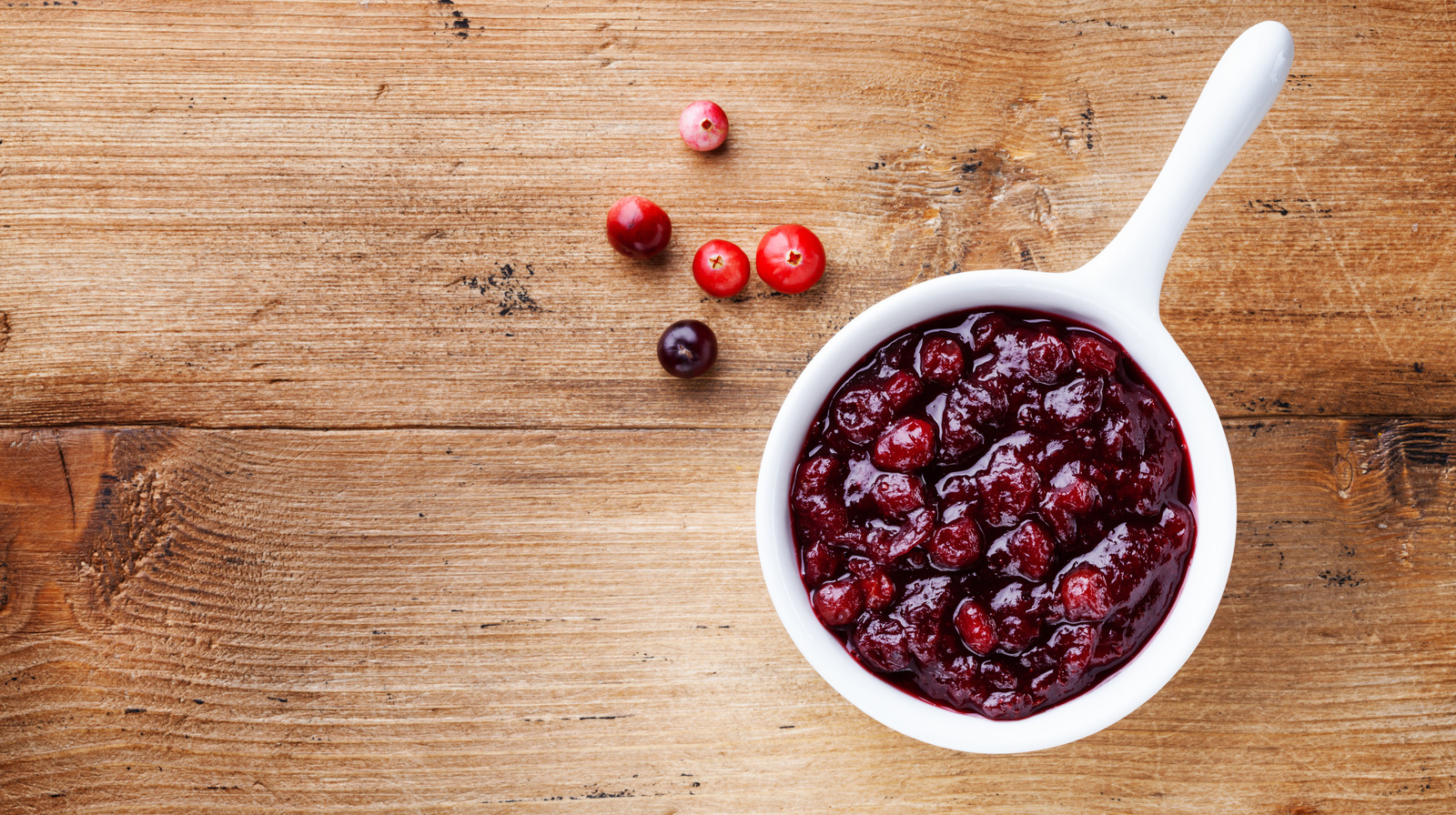
Whether your palate skews savory, or you’re a heat seeker, cranberry sauce can encompass either preference. For a hint of herbal (and savory) flavor, use whole-stemmed herbs to perfume the sauce. Similarly, you can poke a few slits into a whole chile — or halve it — then let it simmer with the cranberries. This is a great choice if you’re using spicier chiles, as you’ll get a good amount of flavor without the pepper’s full, fiery blast. These pieces can be picked out before refrigerating or serving, as well, but remember: The longer they steep, the more flavor they’ll release.
Chopping fresh herbs or chiles will impart a deeper flavor to the sauce. For heartier herbs, like rosemary, thyme, or sage, chop the leaves before, and let them cook with the sauce so they soften (while tempering the herb’s strong flavor). On the other hand, tender herbs, such as parsley, mint, or cilantro, should only be stirred in before refrigerating or serving so they don’t completely wilt (and lose their zest).
For chiles, take your cue from the size and heat level of the pepper. For a small one, like the Thai chile, thin rounds not only look lovely visually, but each slice will give a nice bite of heat. For a larger chili, like jalapeños or habaneros, chop it into smaller pieces so the heat disperses evenly — and no one blows out their taste buds.
